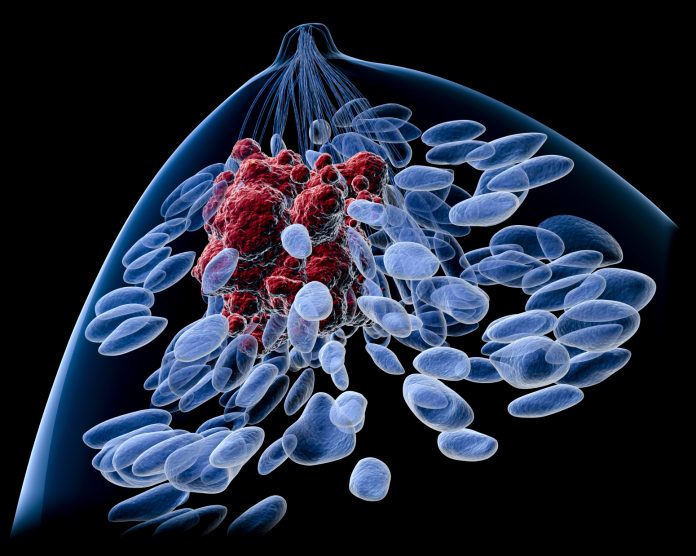
Patients who were age 70 at the time of breast cancer diagnosis were nearly twice as likely to be passed over for radiation as those age 69. Patients diagnosed at age 70 were 53% less likely to be recommended post-operative radiation and 39% less likely to receive it, compared to patients age 69. There were no similar gaps between other year-over-year age groups.
The researchers think it is likely that some doctors were just using age as a strict cut off for treatment options.
“Our findings suggest that cognitive heuristics, or ‘rules of thumb,’ play a greater role in physician decision-making than we previously realized. It’s important that we center individual patients, with the unique characteristics of their cancer, as well as their individual preferences, in treatment decisions,” said Suzanne B. Evans, MD, MPH, FASTRO, senior author of the study and a professor of therapeutic radiology at Yale Cancer Center.
The study was published in the International Journal of Radiation Oncology•Biology•Physics. Its authors believe it is among “the first to demonstrate an age cutoff heuristic in oncology,” according to a press release.
Many new markers are being studied to guide breast cancer treatment. So doctors regularly adjust to new guidelines. In the meantime, radiation remains a mainstay of treatment for high risk patients. The finding that older women were receiving it much less often, was surprising.
“While we would expect recommendations for this treatment to decline gradually as expected lifespan shortens, there seems to be a steep cliff when a patient moves from their 60s to their 70s. In breast oncology, physicians seem to anchor on a patient entering their 70s as a signal to de-escalate care, even in situations where evidence does not support this practice,” Wesley J. Talcott, MD, MBA, lead author of the study and a radiation oncologist with Northwell Health told Inside Precision Medicine.
This team assessed every year-over-year age difference from 50 to 80, and found that the only year-over-year change that was associated with a significantly higher likelihood of receiving non-standard-of-care adjuvant therapy recommendations for both radiation and endocrine therapy was age 69 vs 70 years.
“In breast cancer, this clearly seems to be the dividing line physicians use to classify a “younger” vs “older” cohort of patients, and then using these cohort assignments to influence treatment recommendation,” Talcott said.
He added that, “It’s important for physicians to be aware of the cognitive biases that may affect their decision making, particular when it leads to inefficient and irrational decisions. Hopefully this manuscript helps raise awareness of ‘age cutoff bias’ and how it may be affecting breast cancer care.
“It’s always ideal to try to consider a patient’s physiologic age rather than her chronologic age. A 90 year old can be incredibly fit and active and have a physiologic age of 50 warranting aggressive treatment, or a 55-year-old can be very ill with an advanced physiologic age warranting less aggressive treatment.”













